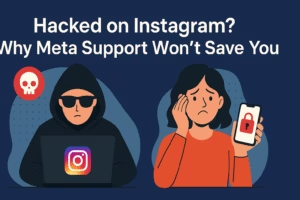
Another day, another angry post about a hacked on Instagram account.
Someone’s email gets changed without warning.
Appeals go nowhere.
Support bots bounce people in circles until they give up.
And while users beg for help, Meta counts ad dollars.
Harsh? Yeah.
True? Also yeah.
Here’s the brutal reality about Instagram security — and the smarter, quieter moves users are making to protect themselves without waiting for a miracle from Meta.
First: Why Instagram Security Feels Like a Joke
It should be simple.
Someone hacks your account.
You show proof.
You get it back.
But it isn’t simple because Instagram’s support system isn’t built for your convenience.
It’s built for volume control.
Meta has:
- Billions of users.
- Thousands of support requests daily.
- A business model that prioritizes advertisers, not individual users.
Their math is brutal: it costs less to lose your account than to pay humans to help you.
That’s why the reset links don’t work.
That’s why password resets loop endlessly.
That’s why even “Meta Verified” users sometimes wait months.
They don’t really need you.
They already have enough people clicking ads.
How Hackers Exploit Instagram’s Weaknesses
Hackers aren’t geniuses.
They’re opportunists.
Instagram accounts are easy pickings because:
- Password resets can be triggered easily.
- Email change confirmations don’t always happen.
- Two-factor authentication isn’t mandatory.
- Many users re-use old, weak passwords.
Once they’re inside, they change your email and phone number.
Then you’re locked out, shouting into the void while Meta’s “support” suggests “resetting your password again.”
It’s not a glitch.
It’s a business decision.
What Happens After You’re Hacked (The Real Timeline)
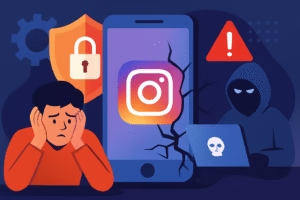
If you lose access to your account, here’s what really happens:
- You submit the hacked account form.
- You get a generic “Thanks, we’ll review it” email.
- You wait.
- You maybe get a reset link.
- You use the link, and it’s either expired or useless.
- You re-submit.
- You wait longer.
Some people get accounts back in 2 weeks.
Some wait 6 months.
Some never get them back.
No explanation. No closure.
Just radio silence.
Meanwhile, the hacked account might be used to:
- Scam your followers.
- Spread malware links.
- Run shady ads.
Meta knows this.
They’ve decided the collateral damage is acceptable.
Why Paid Support Doesn’t Guarantee Anything
Some users shell out for Meta Verified, hoping it fast-tracks recovery.
Results? Mixed at best.
- Some get real agents who “escalate” cases (still takes weeks).
- Some get canned responses and endless ticket loops.
- Some just get ignored like everyone else, but with $15 missing from their wallets.
Paying doesn’t guarantee urgency.
It just gives you slightly more places to file complaints.
Better than nothing? Maybe.
Reliable? Definitely not.
Smarter Moves If You’re Locked Out (And Beyond)
If you’re stuck now, or just want to prevent future disasters, here’s what actually helps.
1. Run a Clean Device Profile
If you’re trying to rebuild or access new accounts, Instagram’s shadow data (device IDs, IP addresses) can work against you.
Smart users are setting up fresh device environments using tools like Social Proxy.
- Clean mobile IP addresses.
- New device fingerprints.
- No carryover “bad reputation” from compromised accounts.
It’s like starting over without dragging your old mistakes with you.
2. Automate Human-Like Behavior
When creating new accounts or rebuilding, posting too much too fast looks suspicious.
That’s why subtle automation matters.

Tools like Blaze AI let you:
- Schedule posts naturally.
- Stagger engagement actions.
- Avoid looking like a desperate spam bot.
It’s not about “cheating the system.”
It’s about playing smart and minimizing red flags.
Instagram bans behavior patterns, not just accounts.
Act human, or get treated like a bot.
Protecting Yourself Before Disaster Strikes
If you’re lucky enough not to be hacked yet, here’s your emergency checklist:
- Enable two-factor authentication.
- Use a password manager to create unique passwords.
- Never click weird DMs or login links.
- Lock down your recovery email.
- Review connected apps and remove anything suspicious.
- Periodically save your content offline.
Instagram isn’t a secure vault.
Treat it like a rented room you could get locked out of at any time.
Why You Can’t Rely on Instagram to Save You
It sucks.
It’s unfair.
But it’s the truth.
Meta’s focus is:
- Ad revenue
- Corporate metrics
- Market share
Not your lost birthday photos.
Not your years of memories.
Not your 5K followers you built from scratch.
The quicker you accept that, the quicker you can start building security plans that don’t depend on Meta caring.
Future-Proofing: What Smart Creators Are Doing
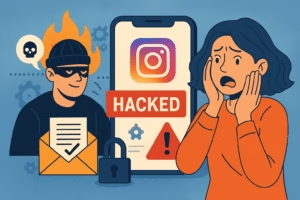
Top creators and serious users are already moving differently:
- Owning their audiences via email lists.
- Building backup accounts on other platforms.
- Using private proxies to manage multiple safe logins.
- Automating activity responsibly, not chaotically.
- Investing time in channels they actually control.
The longer you stay 100% dependent on one app, the harder it hurts when they lock you out.
Spread out.
Diversify.
Control what you can.
Final Word
Instagram isn’t going to change.
Meta isn’t going to wake up and start caring about every hacked user.
You can either scream into the void — or play the game smarter.
Protect your login.
Secure your device profile.
Automate safely.
Own your audience beyond Instagram walls.
And above all?
Stop assuming that “support” will ride in and save the day.
In 2025, survival on Instagram isn’t about playing fair.
It’s about playing smart.
Stay sharp.
Stay two steps ahead.
And if you ever do lose an account, you won’t lose everything.
That’s real security.
The kind you can actually trust.
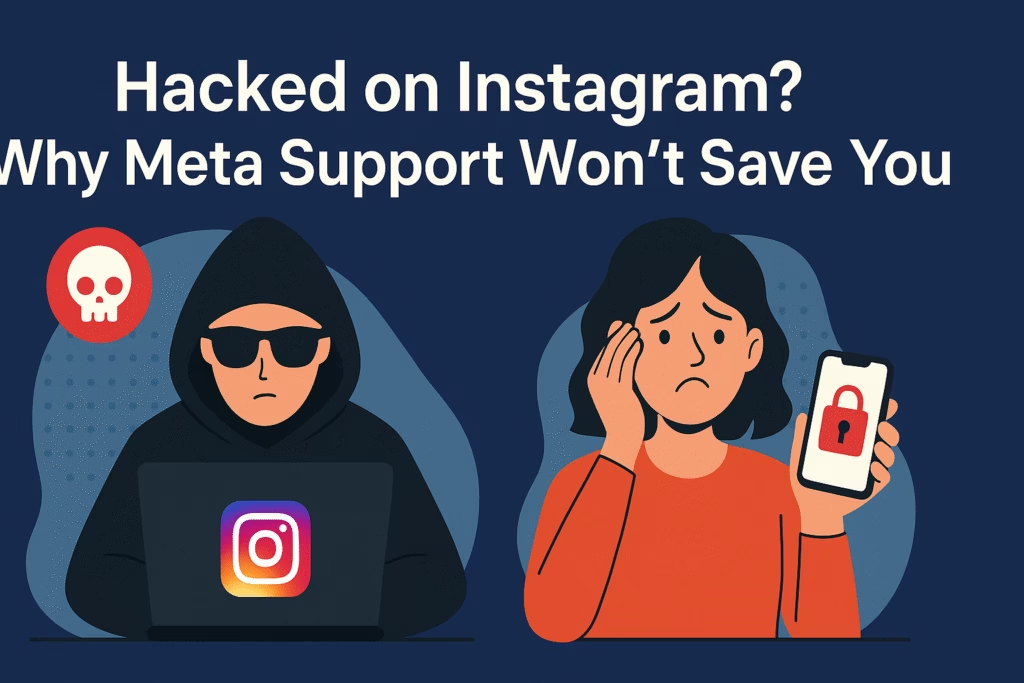
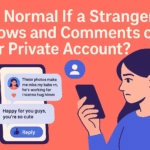

Pingback: Are Instagram Ban Bots Getting Worse in 2025? One Third-Party App Might Be All It Takes - Social Tips Master
Pingback: Instagram Keeps Banning Me for No Reason — And I Can’t Get Anyone to Fix It - Social Tips Master